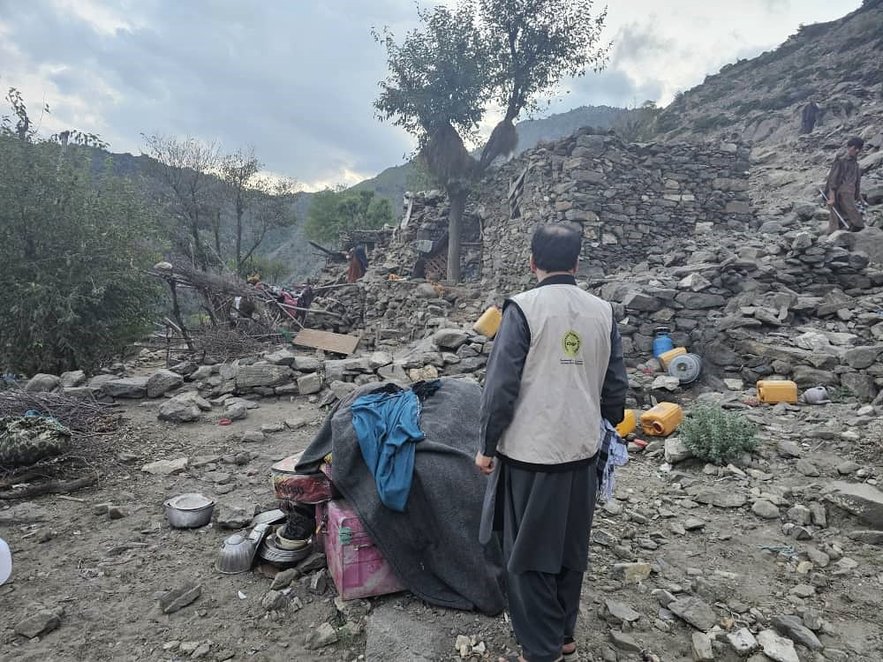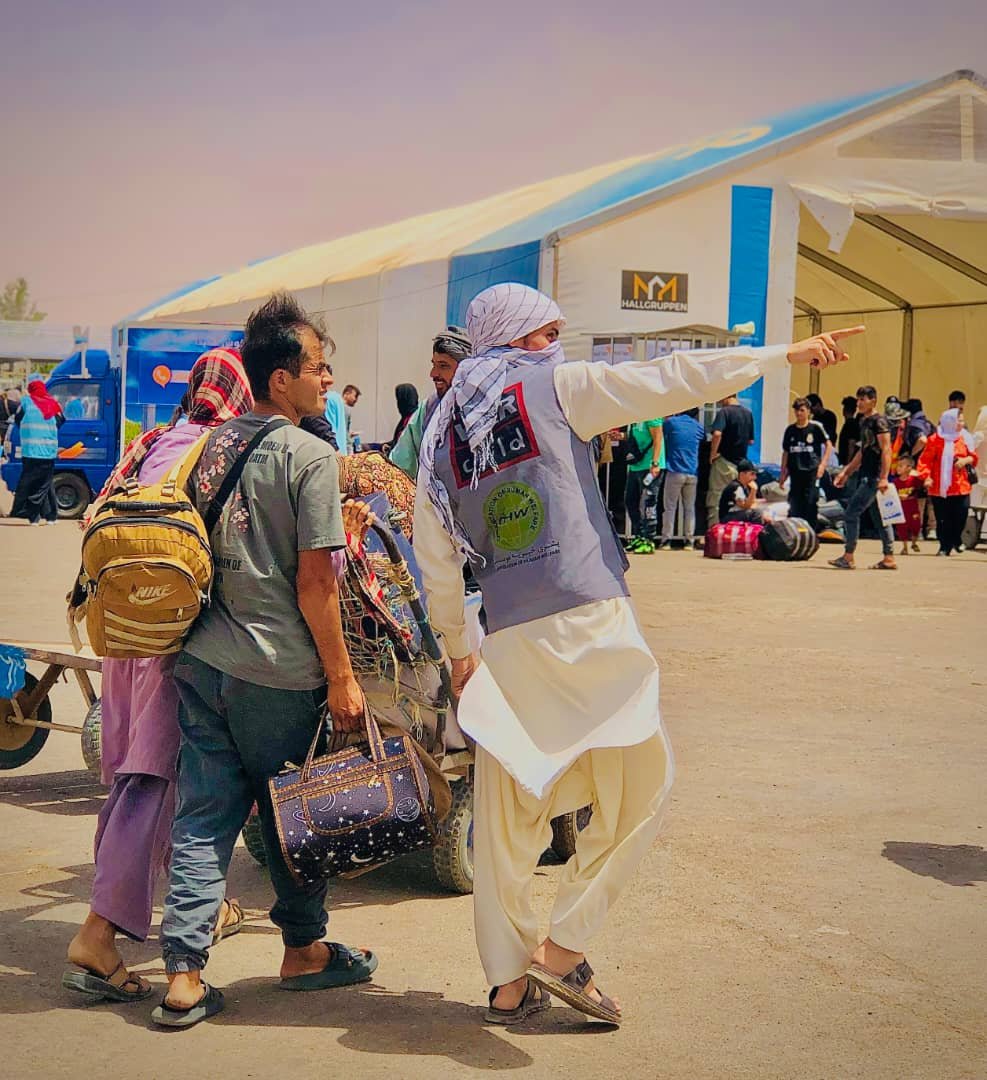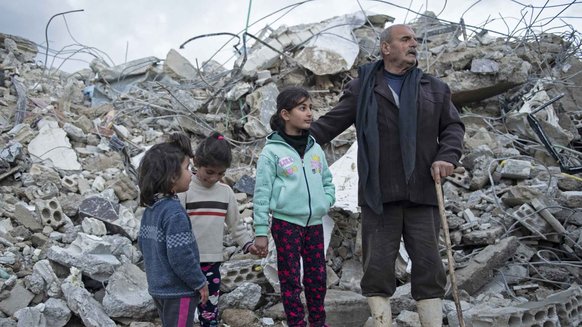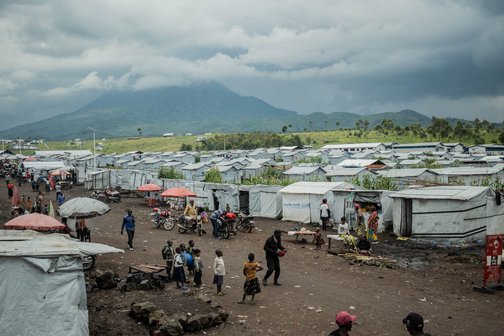War Child Launches Emergency Response to Earthquake in Eastern Afghanistan
Sept. 10, 2025
Kabul

On Sunday 31 August, a 6.0 magnitude earthquake struck in eastern Afghanistan, causing widespread destruction, and leaving thousands of already conflict-affected children and their families without access to basic needs and forced to survive in the open, exposed to harsh conditions.
As of 7 September 2025, over 2,205 people have died, more than 3,640 have been injured, 6,700 homes are destroyed, and 84,000 people are estimated to be affected, as reported by OCHA. Children, women, and the elderly are among the most vulnerable, with many children injured, orphaned, or separated from their families. The provinces of Kunar, Nangarhar, and Laghman are the most severely impacted.
A traumatic event like an earthquake can have a massive and lasting impact on people’s sense of safety and security, particularly with children who may not understand what is happening or feel able to process the many emotions that can come with losing the safety of their home.
War Child and its partner the Organisation of Human Welfare (OHW), have launched an emergency response in Kunar Province to provide impacted children with access to safe spaces, Psychosocial First Aid (PFA), and Psychosocial Support (PSS) to help them process their emotions. It will also be working closely with local communities to ensure the psychological impact can be addressed as a part of their longer-term recovery.
To ensure child protection is integrated into the emergency response, War Child and its partners are supporting community-based protection initiatives and awareness raising activities, providing referrals and Family Tracing and Reunion (FTR) services, and delivering cash to identified at risk families to support them to recover and rebuild their lives after this event.
Together with partners, War Child is also working to provide children and families with access to basic needs such as food, shelter, winter support packages, Non-Food Item kits, and hygiene materials.

Afghanistan is facing two emergencies, as the ongoing returnee crisis sees millions return to the country in need of humanitarian aid.
A country already facing humanitarian challenges
Prior to the earthquake, Afghanistan was already in the midst of a returnee crisis with 300,000 individuals having returned to the Nangahar Province alone since April 2025, putting extreme pressure on the region’s infrastructure and humanitarian system.
The majority of these returnees were women and children - including unaccompanied children. Thousands have arrived with nothing but the clothes on their back, seeking urgent humanitarian aid. This need has now been further exacerbated by the earthquake which has caused severe damage to infrastructure, and has increased the risk that those returnees will struggle to find stability in advance of the winter season.
The children of Afghanistan require support and protection to rebuild their lives as they look toward an uncertain future.

